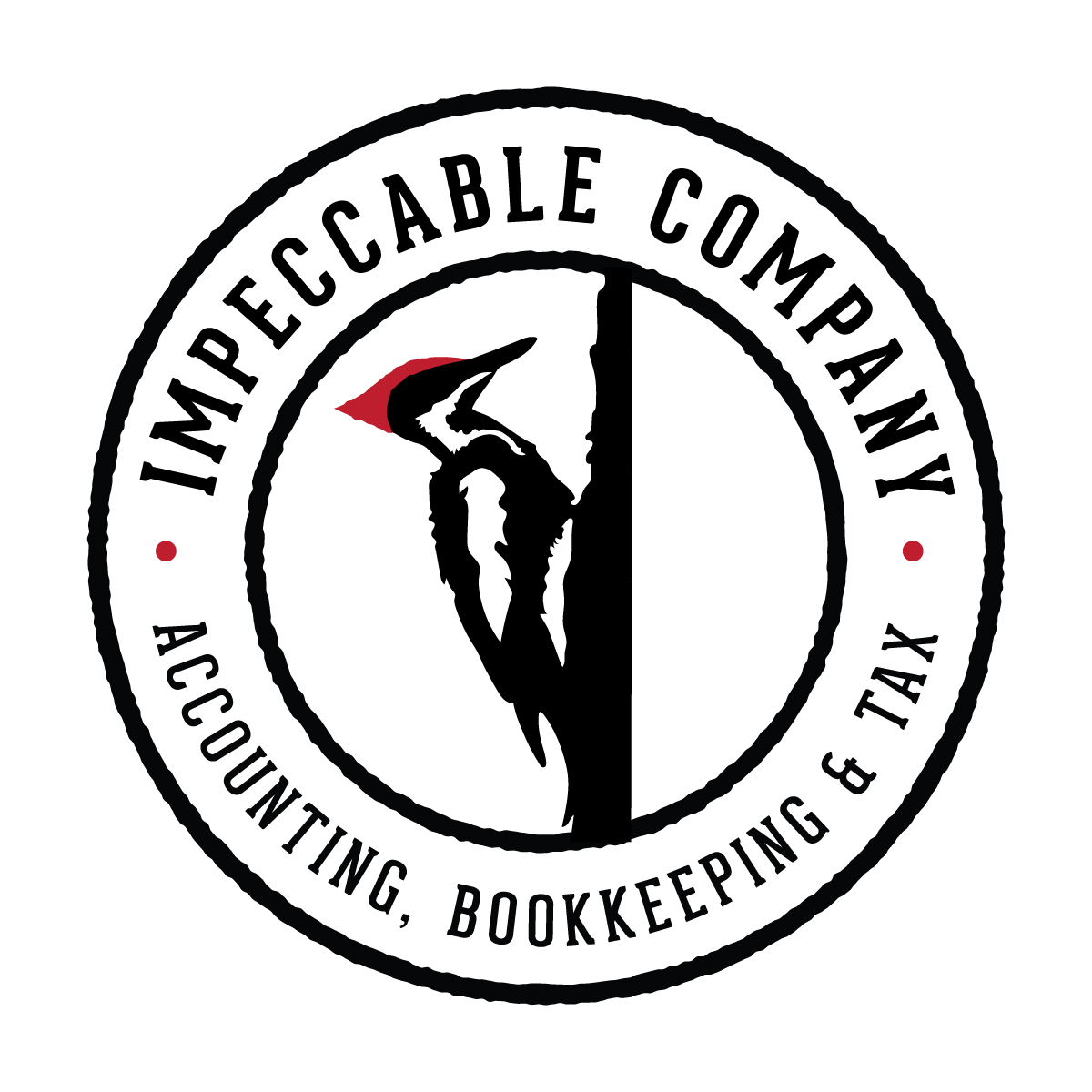Make Business Lemons into Retirement Lemonade: How to Use Business Losses to Offset Roth IRA Conversions
Small business owners always need to be prepared for the possibility of business losses. In the era of COVID-19, anything from supply chain disruptions to staffing difficulties to the effect of inflation on discretionary spending can impact your profitability. However, for business owners who have been preparing for retirement, a bad year in business can present a good opportunity for tax savings through contributing to your retirement plans.
One potentially profitable tax strategy for business owners is to consider a Roth IRA conversion in the years when you have business losses. While the Roth conversion will be taxed in the year that you convert, the amount of business losses you will be able to deduct will also increase, making this an overall tax-advantaged strategy. Converting to a Roth IRA will also increase your tax-free earnings in the long run.
Effectively using this strategy requires a thoughtful evaluation of your unique situation, and a Certified Tax Planner will be able to help you determine if and when a Roth conversion makes sense for you. To learn the basics of how business losses can turn into retirement benefits, read our overview below.
WHY ESTABLISH A ROTH IRA
Claiming business losses in combination with a Roth IRA conversion makes 100% of those losses available to be used in the current tax year. If you are planning to create a net operating loss (NOL), typically you would only be able to use the NOL to offset 80% of your taxable income in the current year—and the rest is carried forward to following years. From a tax planning perspective, using all of the losses immediately is much more advantageous in case your losses increase in subsequent years or you hit the IRS cap that limits business loss deductions to three out of five tax years. This makes the Roth IRA conversion an appealing option.
When it comes to long-term planning, taxpayers should consider establishing a Roth account as early as possible even if you are not regularly making contributions. Depending on how much money the taxpayer has in their Roth IRA at the outset and when the account was established, this strategy has the potential to preserve the capital in the Roth account and provide improved cash flow for the taxpayer.
WHAT TO KNOW ABOUT ROTH CONVERSIONS
Remember that a Roth IRA is unique because the funds are taxed before they are contributed to the individual retirement account (IRA). Therefore, Roth contributions are not usually taxable and are not subject to the 10% early withdrawal penalty as long as the taxpayer has held the account for five years or more. For non-qualified distributions, such as money that is withdrawn from the account before that five-year holding period, Roth IRAs use ordering rules that determine if any part of the distribution will be taxable or subject to a penalty. This is the ordering for Roth IRA distributions:
1. Regular contributions
2. Conversion and rollover contributions
3. Earnings on contributions
While regular contributions all have the same start date when it comes to that five-year holding period, each conversion or rollover contribution has its own start date. A Certified Tax Planner can help you track Roth conversions and their start dates to ensure you meet the five-year holding period and avoid that 10% early withdrawal penalty.
Taxpayers may also want to use this opportunity to convert money that is sitting in a former employer’s plan rather than convert funds from their current business’ qualified plan. Making a trustee-to-trustee conversion is the safest option because it does not run the risk of running afoul of the 60-day limitation on rollovers—the IRS allots you 60 days from the date you receive a retirement plan distribution to roll it over to another retirement account.
OTHER CONSIDERATIONS
Using the Roth conversion strategy may change your marginal tax rate, which gives many taxpayers a knee-jerk reaction. However, increasing your tax bracket is not always a bad thing. If you are seeing sizable benefits from offsetting your income with business losses, a small bump-up in your tax bracket (say, from 22% to 24%) may not be significant enough to prevent you from considering a Roth conversion. Also, the conversion will result in more money growing tax-free in your Roth IRA—a benefit that you will be able to enjoy years down the road.
The key is to focus on long-term tax planning. This is where each business owner’s unique situation will lead to a different tax strategy. For example, spending money in order to save money on taxes is typically a poor tax plan (unless the money would have been spent anyway on planned purchases or expenses). However, if a business owner is having a low-profit year but expecting business to pick up the following year—and the business has the necessary cash flow—then spending more money could be the right strategy. Making capital purchases, stocking up on supplies at year-end, providing staff bonuses, or hiring additional staff could accelerate a low-profit year into a loss year and allow for a larger conversion while still minimizing taxes.
Notably, the Roth conversion strategy can be used by businesses that are subject to passive loss limitations on their rental properties. The strategy can also work for pass-through entity losses as long as the partner or shareholder has enough “basis” in the business to deduct the losses (basis refers to the overall cost of business for that partner).
Lastly, the type of conversion can impact a taxpayer’s potential benefits. Unlike regular contributions to an IRA, conversions do not have to be in cash; they can be “in kind,” which means that a stock portfolio in a traditional IRA can be converted into the same stock portfolio in a Roth IRA without selling the stock. In this case, the tax paid on the conversion is based on the fair market value of the stock at the time of conversion. Consequently, if a taxpayer can use this strategy at a time when the stocks in their retirement plan are down, they may be able to convert more shares for the same “price.”
For instance, in a bear market, a taxpayer might be able to do an in-kind conversion for 100 shares of stock valued at $50,000. In a bull market, doing the same $50,000 conversion might only convert 50 shares. Remember, once those shares are in the Roth IRA, the earnings grow tax-free. Even though the immediate tax effect—the amount of tax you pay when the conversion takes place—is the same, doing an in-kind conversion in a bear market will move over more shares and likely result in higher earnings down the road.
SUMMARY
The Roth conversion strategy goes against the conventional wisdom of simply deferring taxes for as long as possible. While employing this strategy means that a business owner will incur higher taxes the year that they make the conversion, the ability to claim 100% of your business losses right away can make this move worthwhile. The advantages of tax-free retirement earnings can also ultimately outweigh that initial cost. To dive deeper into the details of how and when to consider a Roth conversion, contact us to learn how a Certified Tax Planner can help you today.


